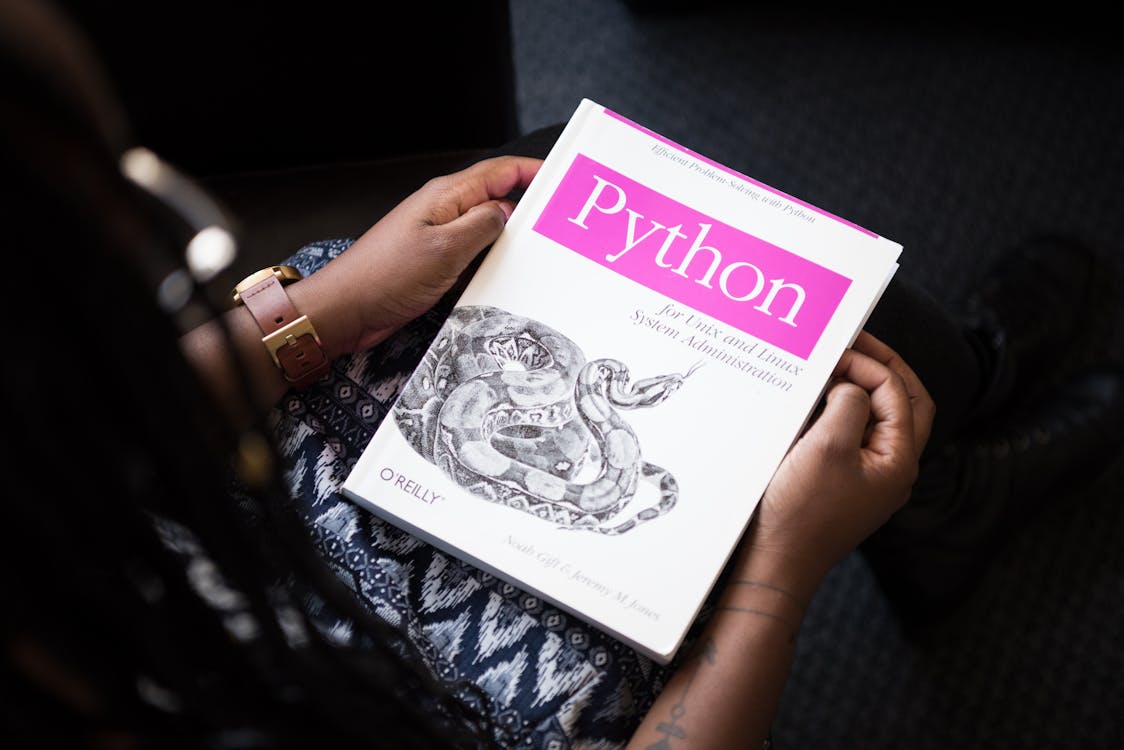January 7, 2025
Python Concepts You Need to Learn Before Programming with AI
Artificial Intelligence (AI) is transforming how we solve problems—from natural language processing to computer vision. To excel in AI programming, you need a solid foundation in Python's Object-Oriented Programming (OOP) concepts. These principles enable you to write modular, reusable, and efficient code, which is vital for managing complex AI models.

Kelvin Mutuota
@Kelvin
Programming
This guide explores essential Python OOP concepts through beginner-friendly examples. You'll gain a clear understanding of how these principles power AI programming.
1️⃣ Classes and Objects
Concept:
A class serves as a blueprint for creating objects (instances), where each object is a unique instance of that class with its own specific attributes and methods.
Example:
Think of a class as a cookie cutter and objects as the cookies made using that cutter. 🍪
# Define a class
class AIModel:
def __init__(self, name, accuracy):
self.name = name
self.accuracy = accuracy
# Create objects
model1 = AIModel("ImageClassifier", 92)
model2 = AIModel("TextSummarizer", 85)
# Access object properties
print(model1.name) # Output: ImageClassifier
print(model2.accuracy) # Output: 85
Beginner Tip:
Use classes to group related data (attributes) and actions (methods) that operate on that data.
2️⃣ Encapsulation
Concept:
Encapsulation bundles data and methods into a single unit (class) while restricting direct access to some components. This ensures data security.
Example:
Think of encapsulation like a safe that protects valuable items—it keeps sensitive data secure and controls access to it. 🔒
class AIModel:
def __init__(self, name, accuracy):
self.name = name
self.__accuracy = accuracy # Private attribute
def get_accuracy(self):
return self.__accuracy
def set_accuracy(self, value):
if 0 <= value <= 100:
self.__accuracy = value
else:
print("Invalid accuracy value.")
model = AIModel("Recommender", 90)
print(model.get_accuracy()) # Output: 90
model.set_accuracy(95)
print(model.get_accuracy()) # Output: 95
Beginner Tip:
Use double underscores (__) to create private attributes, which prevent accidental changes and allow controlled access through specific methods.
3️⃣ Inheritance
Concept:
Inheritance enables a class (child) to adopt attributes and methods from another class (parent), making code more efficient and reducing duplication.
Example:
Think of inheritance like passing down family traits. 👨👩👧👦
class BaseModel:
def __init__(self, name):
self.name = name
def train(self):
print(f"{self.name} is training.")
class NeuralNetwork(BaseModel):
def activate(self):
print(f"{self.name} is activating neurons.")
# Create an object of the child class
nn = NeuralNetwork("ConvolutionalNN")
nn.train() # Output: ConvolutionalNN is training.
nn.activate() # Output: ConvolutionalNN is activating neurons.
Beginner Tip:
Use inheritance to extend functionality while keeping your code clean and modular.
4️⃣ Polymorphism
Concept:
Polymorphism allows objects to take many forms. A single function or method can work differently based on the object it’s called on.
Example:
Imagine a "play" button that works for both audio and video players. ▶️
class ImageModel:
def predict(self):
print("Predicting image labels.")
class TextModel:
def predict(self):
print("Predicting text sentiment.")
# Polymorphism in action
def make_prediction(model):
model.predict()
img_model = ImageModel()
txt_model = TextModel()
make_prediction(img_model) # Output: Predicting image labels.
make_prediction(txt_model) # Output: Predicting text sentiment.
Beginner Tip:
Write functions that work with multiple types of objects, making your code flexible and reusable.
5️⃣ Abstraction
Concept:
Abstraction simplifies complex systems by hiding unnecessary details and showing only essential features. It emphasizes what an object does rather than how it accomplishes its tasks.
Example:
Think of driving a car: you don’t need to know how the engine works to drive. 🚗
from abc import ABC, abstractmethod
class AIModel(ABC):
@abstractmethod
def train(self):
pass
@abstractmethod
def evaluate(self):
pass
class VisionModel(AIModel):
def train(self):
print("Training vision model...")
def evaluate(self):
print("Evaluating vision model...")
vm = VisionModel()
vm.train() # Output: Training vision model...
vm.evaluate() # Output: Evaluating vision model...
Beginner Tip:
Use abstraction to define a clear interface for your classes while hiding implementation details.
🤖 Why OOP Matters in AI Programming
In AI, you often work with models, datasets, and pipelines. OOP makes it easier to:
- Organize Code: Group related functionality for better readability and maintainability.
- Reuse Code: Extend existing classes for new AI tasks.
- Collaborate: Encapsulate and abstract code to reduce complexity and improve collaboration in teams.
🚀 Next Steps
Before diving into AI programming, master these OOP concepts. Start small by constructing classes to depict real-world entities, then create better complex structures like neural grid layers or data pipelines. With a solid basis in OOP, you’ll be well-prepared to take on the challenges of AI development.
Share this content
You might also like
November 17, 2024
Kelvin Mutuota
How to Build Your First Next.js App – A Beginner's Guide
Learn how to set up your first Next.js app step-by-step! This guide walks you through creating, structuring, and styling your Next.js project, including deployment tips.

November 17, 2024
Kelvin Mutuota
Top 9 Best Programming Languages to Learn in 2025
Discover the top programming languages to learn in 2025. From beginner-friendly options like Python to high-demand skills like Rust, we’ve outlined each language's use cases, career opportunities, and earning potential.

